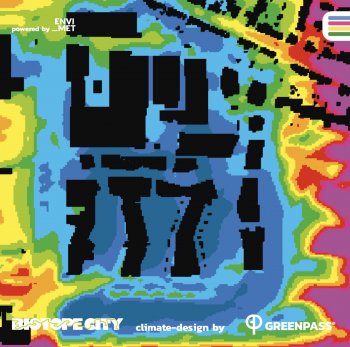Wine exemplar: Translating from consumer values to environmental structures and functions
The wine exemplar seeks to understand how different players in the wine value chain (producers, retailers, consumers) influence wine production and thus the ecosystem services provided by vineyard ecosystems.










